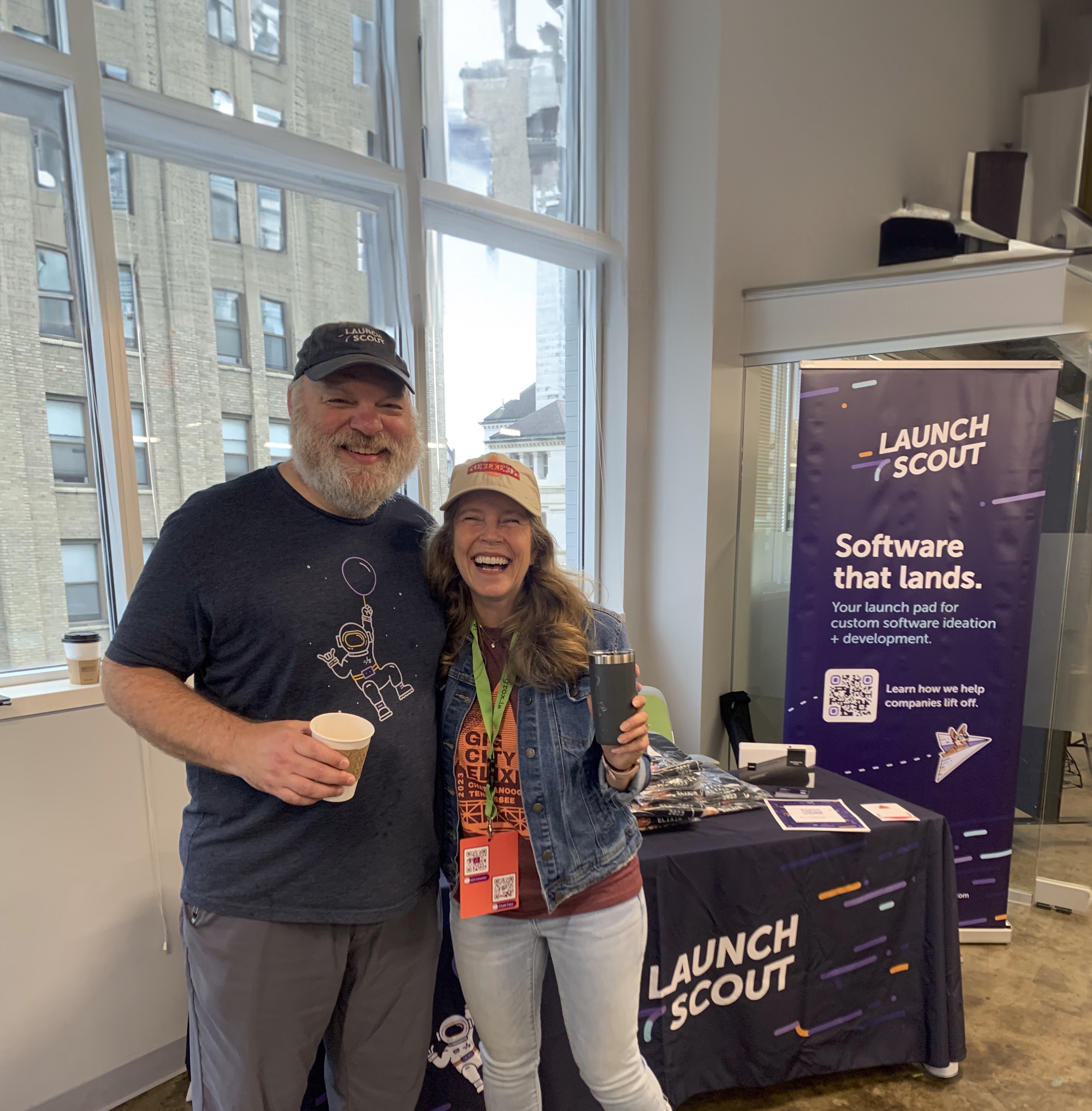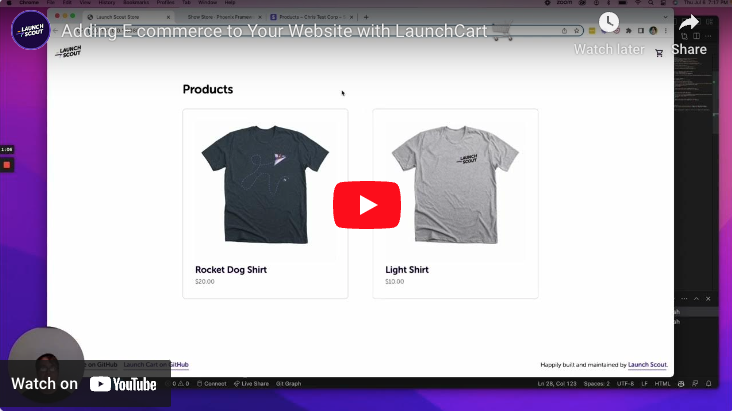
27 March 2018
Why Success Depends on Your Next Software Project
So now every company is a tech company. Old news, right?
Still, every day, the world becomes increasingly digital and consumers’ expectations change. Success depends on keeping up and exceeding them. In a world where everything is online— grocery shopping, banking, even dating—companies who don’t have basics like a web-based service, a robust mobile experience, or an online app are at a clear disadvantage.
In fact, the call isn’t just to digitize the experience but to make the current digital experience way better, on par with major tech companies who have pioneered an intuitive, personalized, and downright enjoyable technology.
That’s why 69% of today’s mid-market companies are spending far more of the budget on technology than they ever have before (Deloitte).
These progressive companies are kicking off various initiatives to streamline efficiency and growth, often leveraging machine learning and data science. The most common impact of this “digital disruption,” however, is enabling new ways to interact with the digitally-savvy consumers of today’s world. Which means your business success really depends on your technology’s success.
Table Stakes: An Engaging Digital Experience
To interact with consumers in a way that doesn’t just meet their ever-raising expectations, but also delights them, requires sophisticated technology. The goal of a user experience isn’t just functionality anymore—that’s a given. The UX must also be intuitive, aesthetically pleasing, and continually exciting.
Much easier said than done, right?
Truth is, this kind of digital experience can’t be created in a vacuum or without a major investment. Even the best subject matter experts and most senior developers in the world need design savvy and real-world feedback to influence their ideas. Taking an agile, design-first approach to development, alongside real-world testing, is the only way to expose pain points, spark ideas for new, appealing features, and reveal creative new ways to engage consumers.
The good news is, while this often requires an in-house team (or a devoted, hands-on outsourced one), a collaborative custom approach might just be the key to gaining the competitive advantage.
Technology is A Differentiator
In many industries, creating a digital experience—an app, new web-based software, a chatbot—may be the most effective way to differentiate yourself. Take a credit card point of sale (POS) system, for example. Many businesses need one, and it can be tough to know which to choose. A general solution like Square or Shopify usually work well, but a restaurant may choose to go with TouchBistro or Toast, which have specialized in niche restaurant needs to stand out for that segment of POS users.
Though it might seem obvious that a tech-based company should rely on custom development to differentiate themselves, this is where it comes in handy to remember that every company is a tech company. And there are infinite ways technology can improve customer interaction.
For E-beam, a company that supplies contract electron beam processing services for sterilization, sterile packaging, bioreduction, and more, their product is highly technical. Their customer interaction? Not so much. Their customers don’t need a mobile app, though. They need actual facetime with an E-beam representative. But E-beam’s customer service manager spent all of her time stuck on internal processes—unable to leave the office to engage with prospects.
Their solution was to replace an aging work order management system. After this software was developed, they saw a 66% reduction in work-order related errors (and rework) and a 50% savings in the time it took to create a production report. With these changes, E-Beam’s customer service manager can now give target customers and prospects the personal interaction they deserve.
The key isn’t following in others’ footsteps; it’s blazing your own trail. Ask questions with the goal of truly empathizing with users: What do my customers or users need? What do they want? How can I give that to them? Fully understanding your users’ story and motivation can require some real digging. Coincidentally, technology is also a great resource to help answer those questions.
Technology Reveals What Your Users Really Want
Everyone can take cues from the tech giants—Apple, Google—but really personalizing for your market requires deeply understanding them. And capturing preferences and needs, gathering essential behavioral data, and running in-depth analytics all require great software.
In marketing alone, more than 5,000 analytics tools exist, basically all devoted to better understanding customers’ behavior, meeting their needs, and even predicting their desires. A company that takes analytics seriously and then invests in the internal changes necessary to see real impact will quickly capture the heart of the consumers.
We see this happening at Kroger, who uses not just analytics tools but an entire analytics firm devoted to putting the customer first. They’re using the insights to drive the custom development of brand new in-store technology, available at the end of 2018. Called “The Edge,” its features include digitally displaying pricing, nutritional information, video ads, and coupons; communicating with customers’ smartphones and highlighting products on their shopping lists as they walk down store aisles; and even matching customers’ dietary needs if they have allergies or other dietary restrictions. After grocery shopping like that, any other in-store experience would seem archaic.
In short, companies committed to customer excellence will leverage technology in whatever ways make sense to their business. And those who delight customers will be successful—and maybe even change the face of their industry.
Where to Begin?
To tackle all this, first take time to understand your customers: what do they need? What do they want? How can you give that to them? And if it requires developing new software to become more digitally savvy, start brainstorming a plan with your team.
Many companies don’t have as many resources as, say, Kroger, but that shouldn’t be a deterrent. In fact, Gerald Cohen, President and CEO of Information Builders says, “In some sense, the smaller companies have more to gain because they can grab more sales, reduce their costs, and be more efficient than their competitors without building in massive amounts of overhead.” Not to mention, if software development is done right, with collaborative design and development following an iterative process that includes hands-on testing, the ROI will be well worth it.
So if you’re considering a software project, stop thinking and start making plans. Create software the world demands.
Don’t have the in-house talent to launch your custom project? Gaslight can help. We design and develop web and mobile apps for growth-minded companies. Let’s talk!


